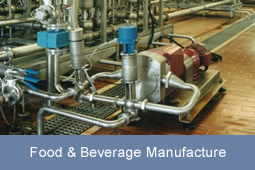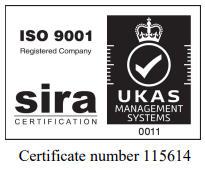Nitrate measurement is an important water quality parameter used to control water treatment processes and to identify pollution. Nitrate may be determined using on-line instrumentation or by using portable/laboratory meters. It is typically determined using UV spectral analysis which would simultaneously report the nitrate and nitrite concentrations.
Intake protection of drinking water production sites - continuously abstracting from rivers or boreholes, may need to measure nitrate concentrations especially in agricultural catchments. Waste-water treatment facilities which use aerobic digestion (nitrification) to convert ammonia to nitrate may also benefit from the integration of nitrate measurement. The denitrification stage or removal of nitrate from waste-water, may also require compliance monitoring of the effluent discharge.
Nitrate and nitrite are naturally occurring ions that are part of the nitrogen cycle. The nitrate ion (NO3⁻) is the stable form of combined nitrogen for oxygenated systems. Although chemically unreactive, it can be reduced by microbial action. The nitrite ion (NO2⁻) contains nitrogen in a relatively unstable oxidation state. Chemical and biological processes can further reduce nitrite to various compounds or oxidize it to nitrate. Understanding the nitrogen balance is therefore important in waste water treatment processes.
Environmental monitoring of nitrate and nitrite is also becoming increasingly important to understand how agricultural activity may impact the ecosystem. The primary source of water-soluble nitrate and nitrite compounds is through the application of inorganic fertilisers. Contamination can enter the ecosystem either through surface water runoff in to rivers or the sub-surface percolation into aquifers. This also then potentially impacts drinking water quality.
The World Health Organisation (WHO) has issued guidelines on safe concentrations of nitrate and nitrite compounds in water for human use that are based on the absence of specific short-term health effects (methemoglobinemia and thyroid effects).
The nitrate concentration in surface water is typically below 20mg/L NO3 but can be elevated in agricultural regions above 50mg/L N03 (the prescribed concentration as set by the Drinking Water Directive). Since the nitrite ion (NO2⁻) is relatively unstable it is typically in much lower concentration.
Various technologies are available accommodating different application requirements. The Trios sensor technology use the latest UV spectral analysis to report nitrate, nitrite or NOx with optional compressed air cleaning. The same sensor technology can be integrated into the Chemitec 50 series controller. Nitrate ISE (Ion Selective Measurement) technology is available from WTW, also with the possibility of automatic compressed air cleaning to reduce sensor fouling and extend maintenance intervals.

TrioS - Tribox Mini Controller

TrioS - Tribox 3 Controller

TriOS OPUS NO3/NO2 Sensor

TriOS Nico NOX Sensor

Nitrate (NO3-) Analyzer series 3S-NO3 METER
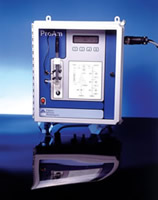
ProAm Ammonia Analyser
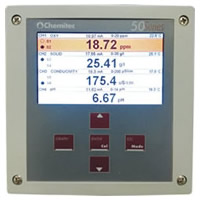
Chemitec 50 Series multi-parameter controller

Chemitec - S480 UV NO3 Sensor
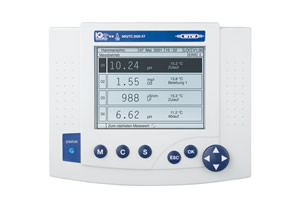
WTW MIQ-T2020 multi-parameter controller














